Discover our new image
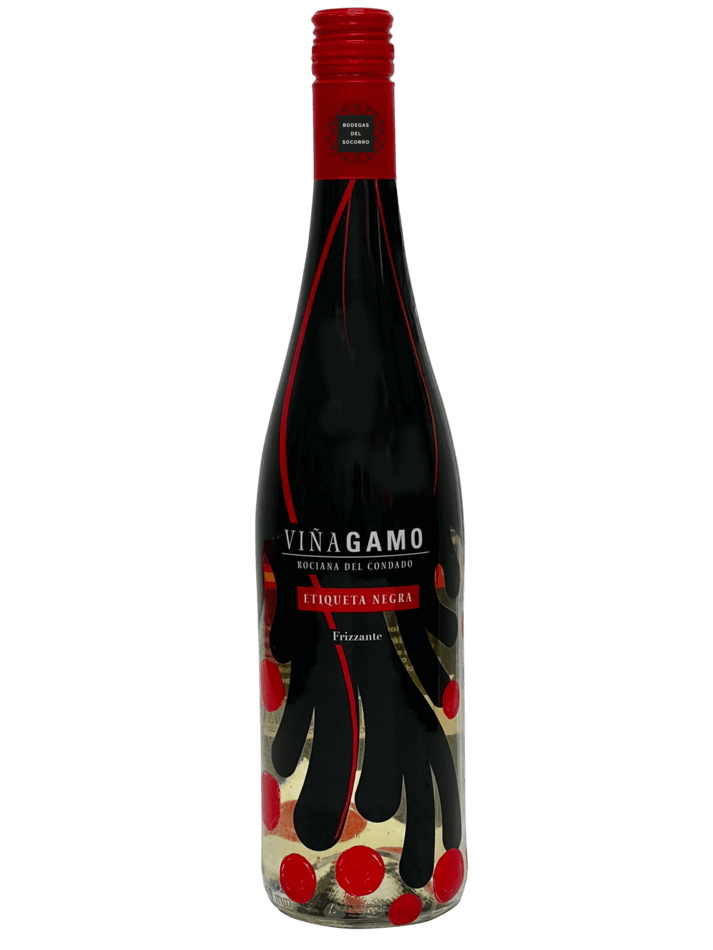
VIÑAGAMO
Black Label
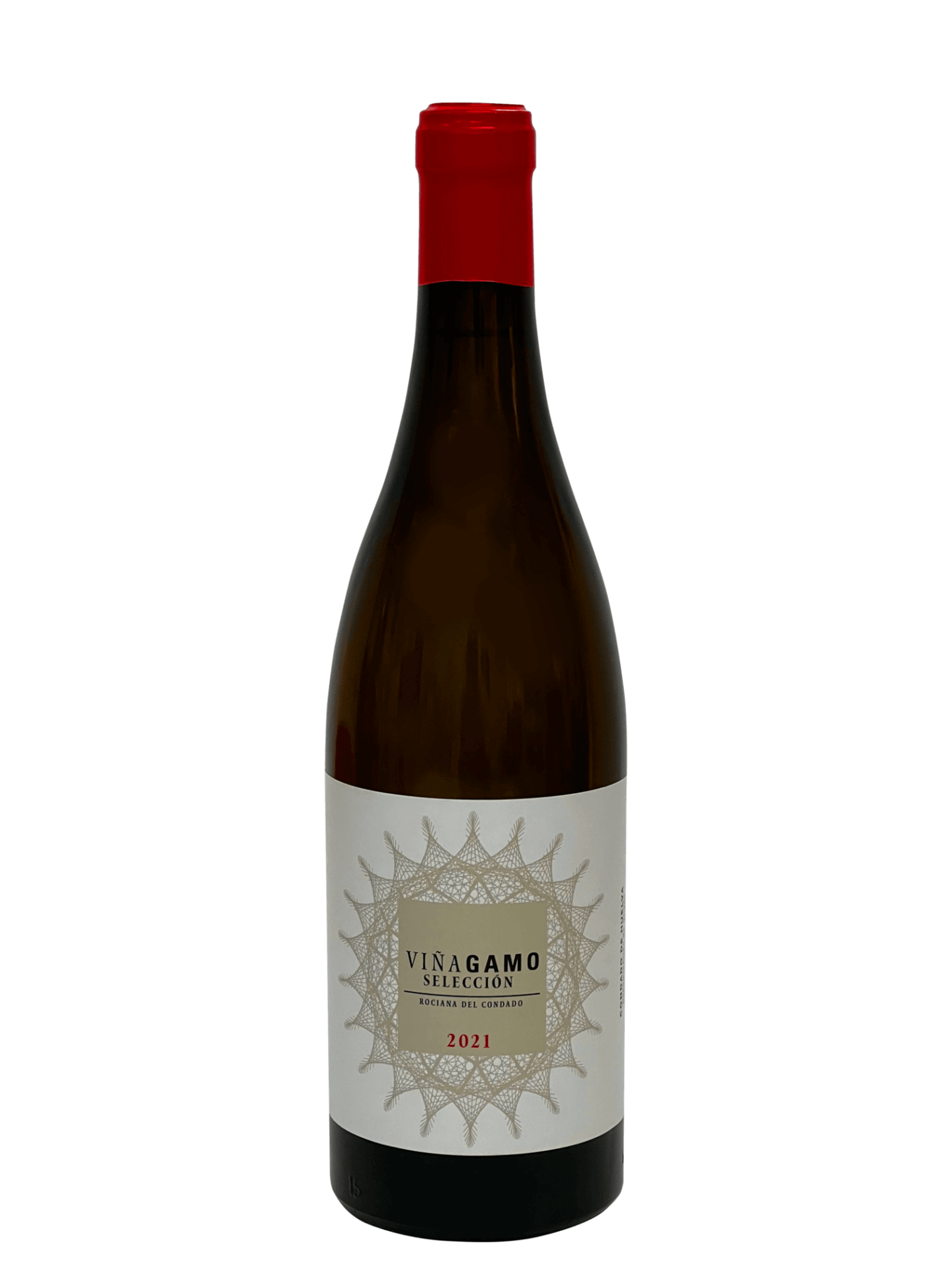
VIÑAGAMO
Selection (Young White)
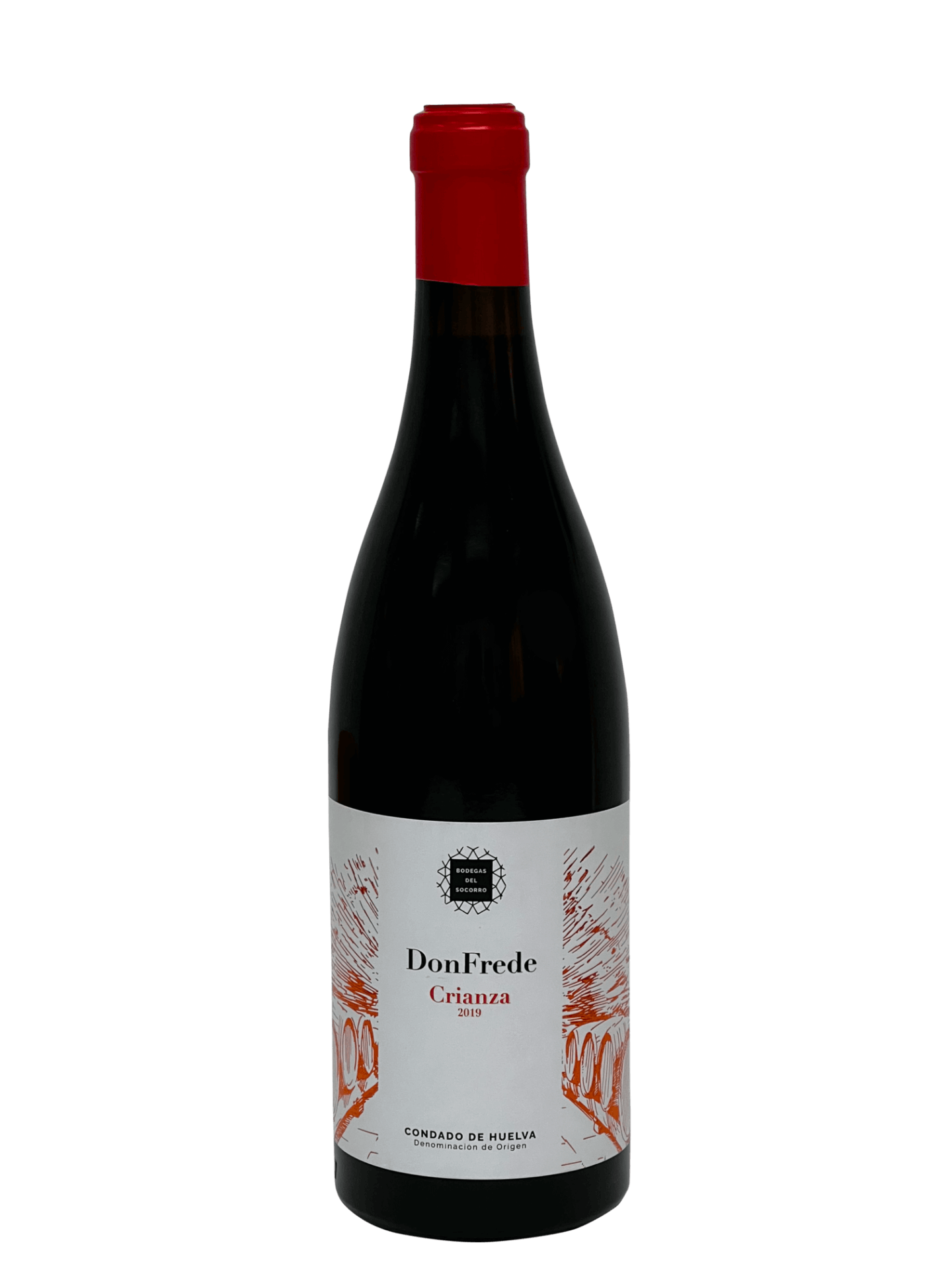
DON FREDE
Crianza Red
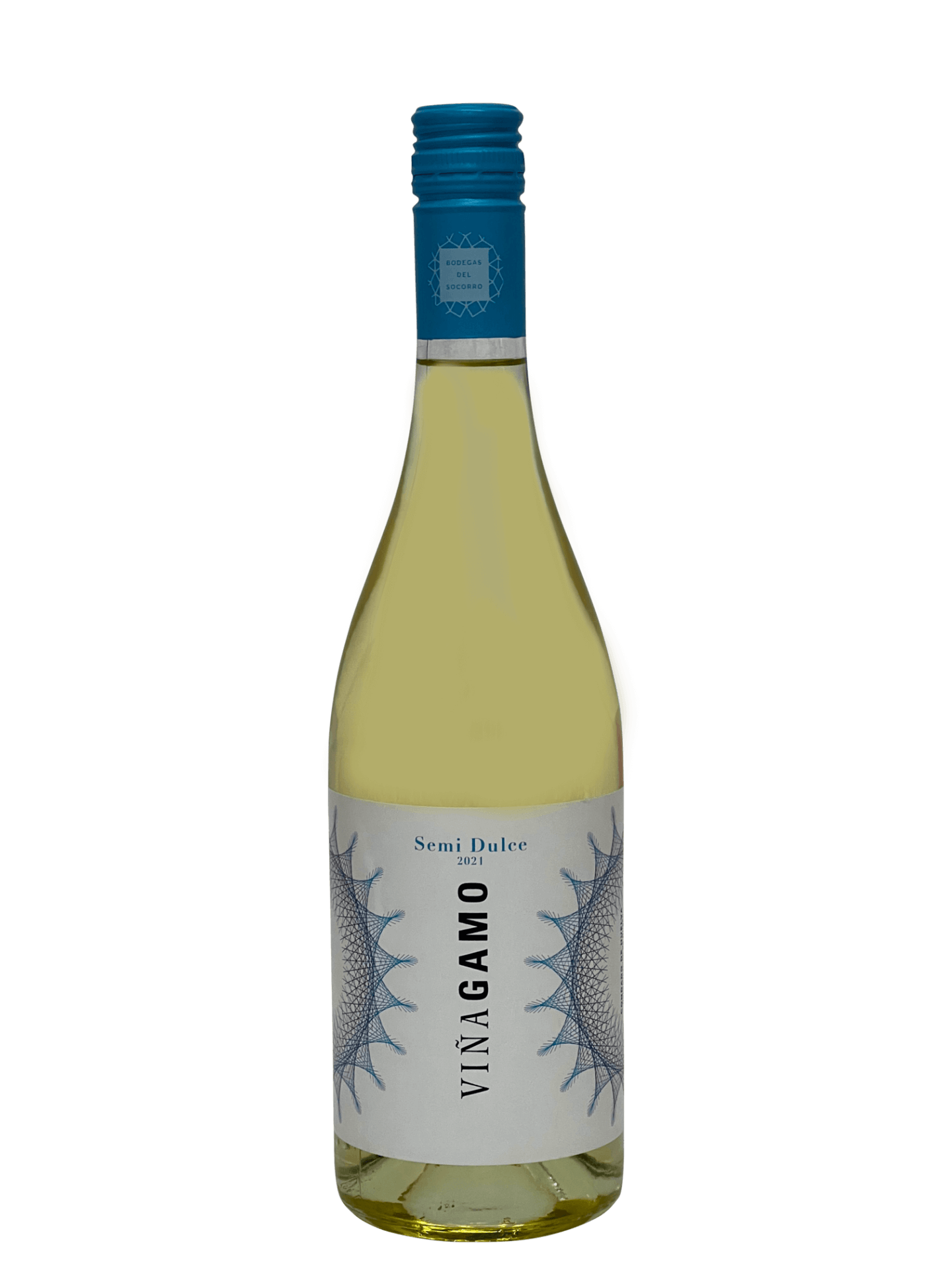
VIÑAGAMO
Semi Sweet
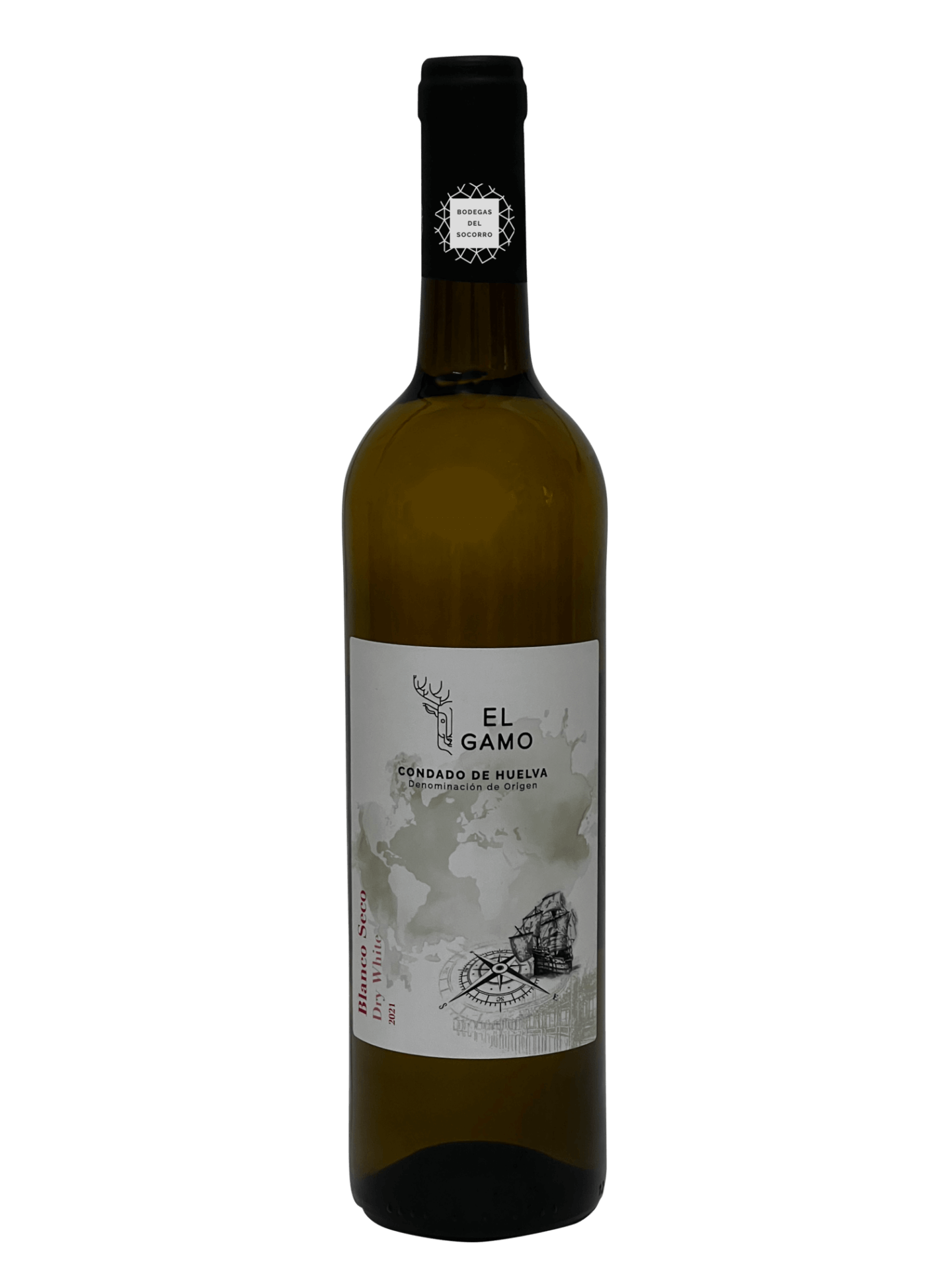
El GAMO
White
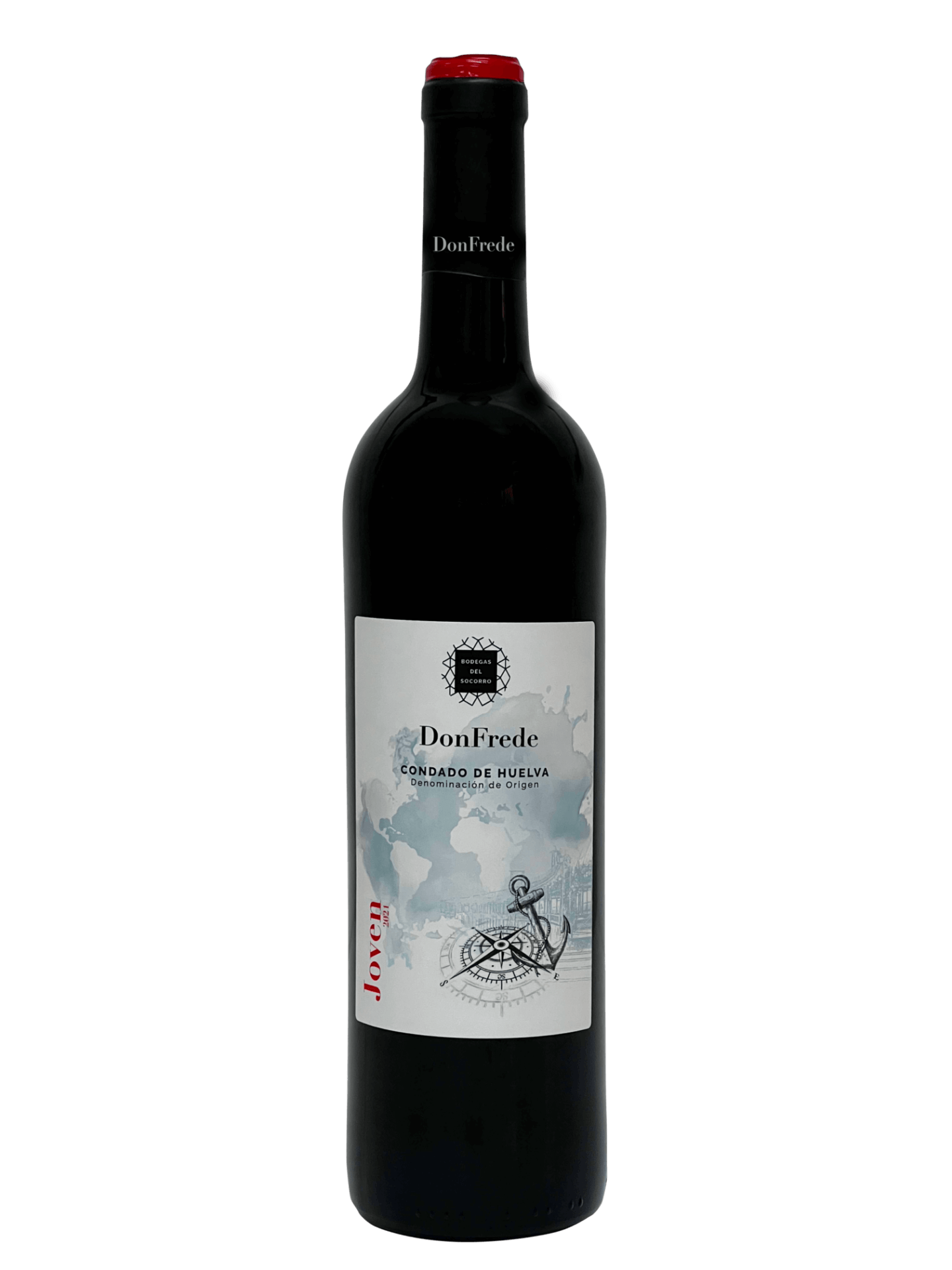
DON FREDE
Young Red
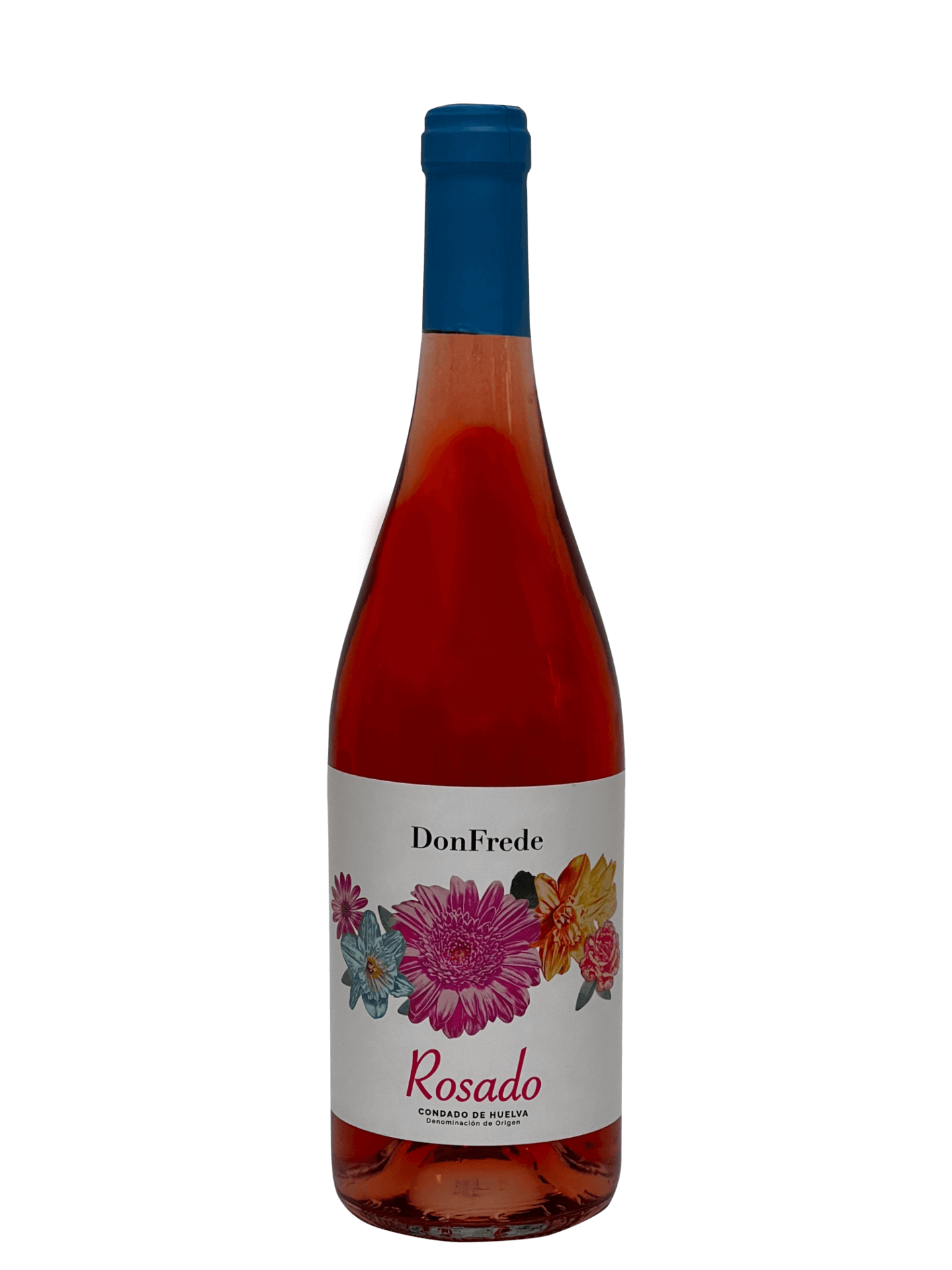
DON FREDE
Rosé
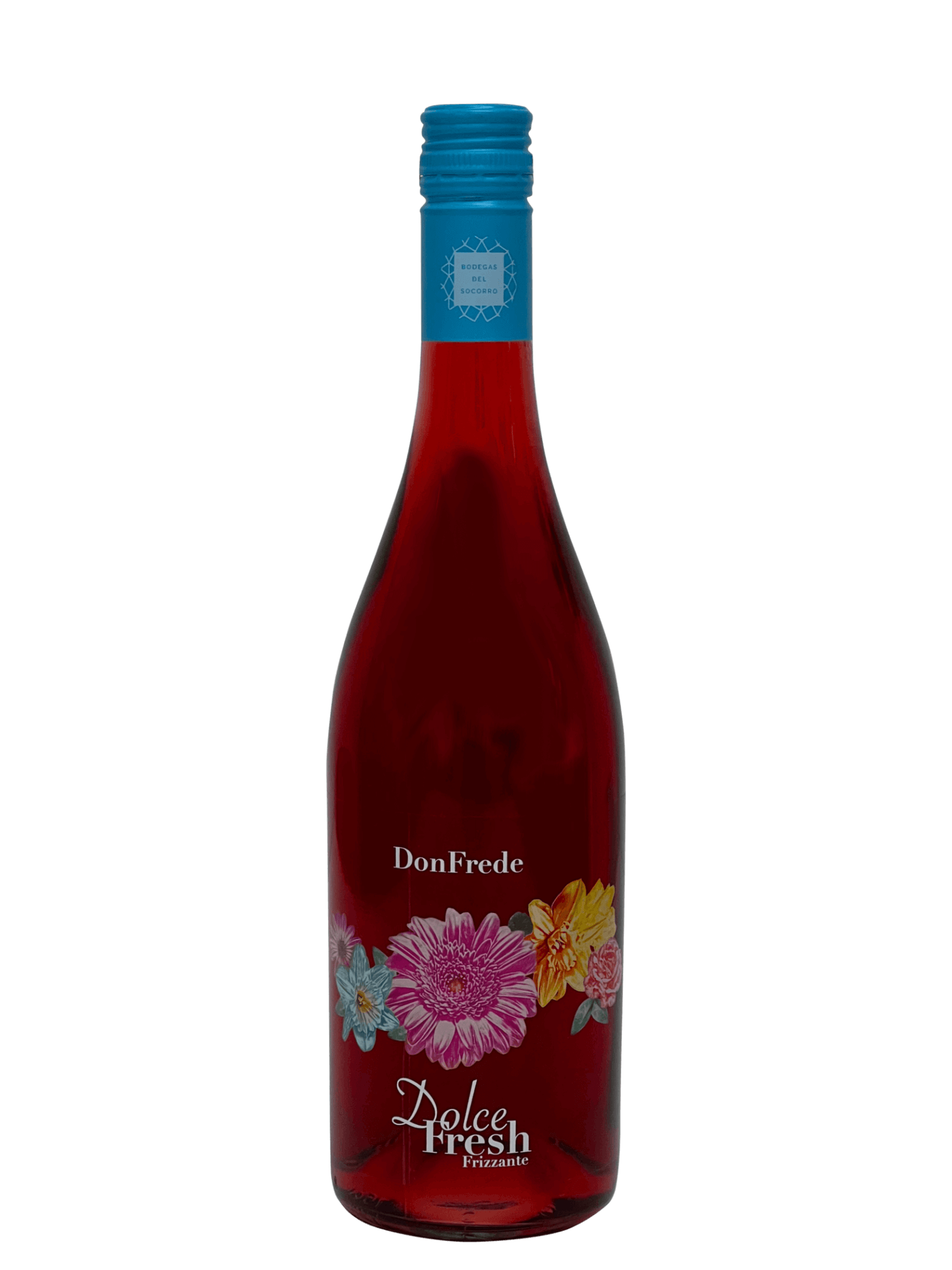
DON FREDE
Dolce Fresh (Rosé)
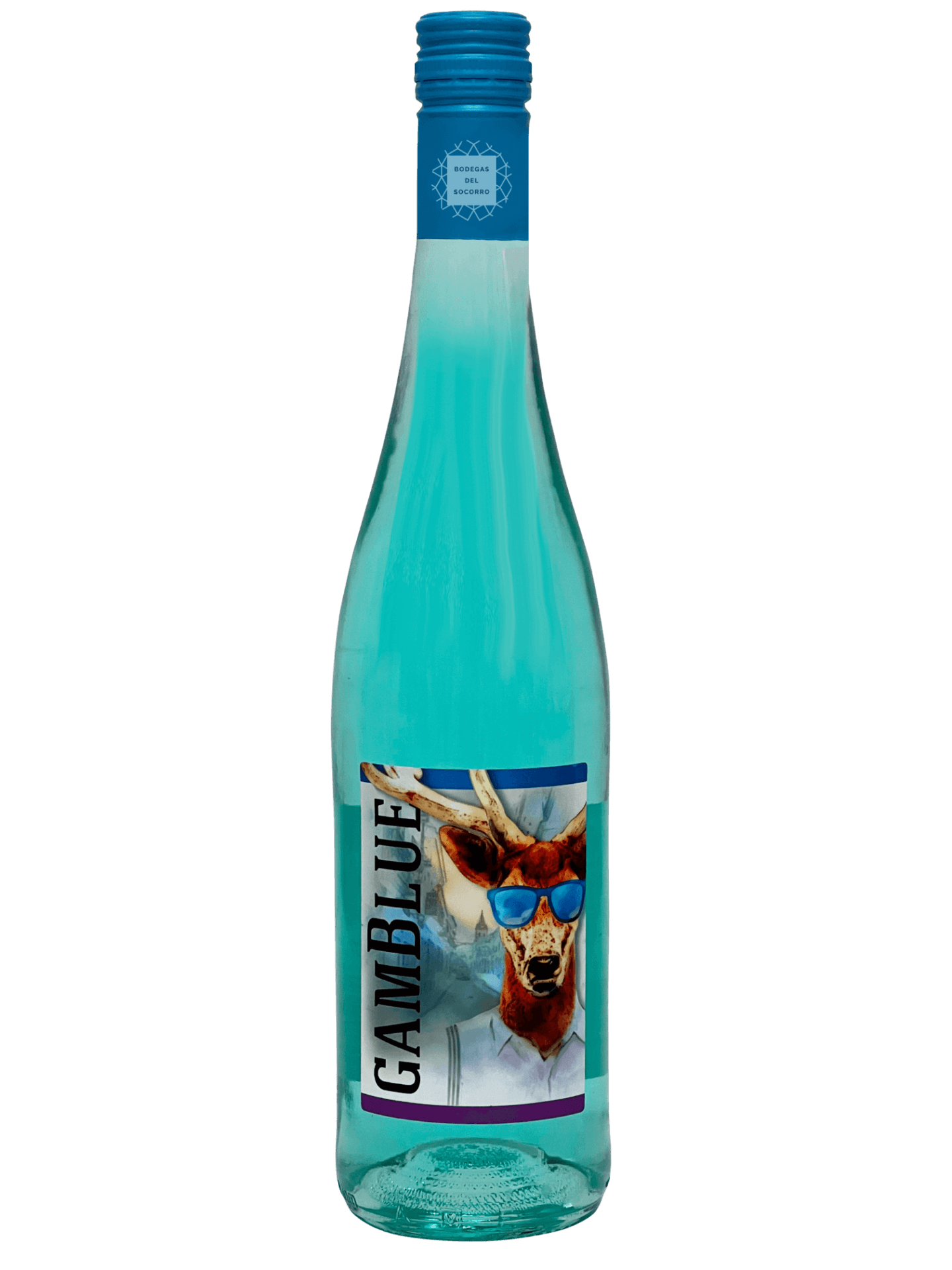
GAMBLUE
Frizzante Blue
Origins
It was around 1868 that Condado de Huelva experienced one of its eras of greatest economic prosperity. In that century, the liquid delicacy flowed like water in the taverns and bars of the cities of much of Europe. Consumption in homes was also widely popular, not only in the upper class but in practically all strata of society. That was the year that phylloxera became a major force in the grape harvest in France and northern Spain, wiping out vineyards and resulting in wine shortages in southern Europe.
This critical situation led monied businessmen in northern Spain to set their sights on the Condado de Huelva, which the disease had largely bypassed, sparing the vines from the ravages of the plague. As a result of these events, the vines of the Condado appreciated in value as never again: this attracted investment by scores of businessmen who set their sights on this part of Huelva in order to continue supplying their customer networks.
DESIGNATION OF ORIGIN
Condado de Huelva D. O.
The Cooperativa Vitivinícola Nuestra Señora del Socorro is protected under the Condado de Huelva D.O. The Condado de Huelva Designation of Origin was approved by the Ministry of Agriculture on 1 August 1979 (Official State Journal of 11 September 1979), which amends the earlier regulation on the Huelva Designation of Origin, created in 1932, specifically by the decree of 8 September, published in the Gaceta de Madrid of 13 September, which approved the Wine Statute, which subsequently became law on in the Gaceta of 26 May 1933.
This journal provides the Designations of Origin approved by the statute that remain in force today.
The measure changed the region’s name from the Huelva D.O. to the Condado de Huelva D.O. and, among other things, introduced protection of the Young White Wines of the Condado de Huelva and officially recognized the Zalema grape, the variety that predominates in the vineyards of the district.
COOPERATIVE
History
The Condado de Huelva has a long history linked to winemaking. Already in the times of the explorers and conquistadors who departed from the coasts of Huelva, wines were being produced on these lands, wines that since that era have been sold all over Europe and, in many cases, reached even more far-flung destinations.
From the middle of the 19th century to the 1920s, the Condado de Huelva experienced an era of great splendour. Back then, as a result of the shortage of wines from France and northern Spain, the Condado de Huelva grape harvest appreciated in value, demand grew and scores of businessmen, who set their sights on this area to continue producing and exporting their wines, increased their investment.
Based on these new business prospects, prestigious wine-producing companies began establishing themselves in Rociana del Condado. Farmers saw how their fields and crops began to rise in value and their harvests to be by all types of wineries. The high profits and buoyant outlook led the farmers to focus, in subsequent years, all their efforts and investments on growing grapes. By 1922, the Condado de Huelva had 14,000 hectares under cultivation.

New times
After the first half of the 20th century, the prospects for the wines from the Condado de Huelva were changing, and production and commercial needs demanded a new structure. Thus, in light of this new social trend, 200 members joined the cooperative that would be called the Cooperativa Vinícola Nuestra Señora del Socorro, which was officially founded in 1957.
Today, after periods of bonanza and also of difficulty, this cooperative is one of the most important in the Condado de Huelva. It currently has 650 hectares and 320 members, who enable, with great care, the cultivation of white and red grapes for producing quality wines bottled under the Viñagamo, El Gamo and Don Frede brand names.
THE VINEYARD
Location
Rociana del Condado has, since its founding, been rooted in the traditional cultivation of grapes. Its countryside is home to vast vineyards where the autochthonous Zalema variety predominates. This is a white grape with a large, firm berry with excellent characteristics for winemaking. The vineyards benefit from the area’s marvelous climate, abundance of light, warm temperatures with wide variation between maximums and minimums, average relative humidity and cool breezes from the nearby Atlantic coast. The limestone soils and sporadic, medium-intensity rains in winter complete the conditions under which the cooperative’s vines grow. These are mother plants that year after year offer up the large, long, golden bunches that gave rise to the wines of this fertile region.
Variety
In addition to the Zalema variety, varieties brought from other regions are increasingly being grown. Varieties like Tempranillo and Syrah have successfully adapted and increasingly set the stage for the development of other types of wines that have not been as common until now.
THE WINERY
Cooperativa Nuestra Señora del Socorro has been growing and developing in other ways beyond the fields and grape cultivation. Technological progress has also come to the winemaking process and the delicate work of producing a good wine. Study of the native Zalema variety, its optimal harvesting time and cold treatment and conservation, as well as evaluation of its organoleptic characteristics in the nose and mouth, has enabled production, year after year, of a balanced and well-rounded white wine capable of appealing to a wide range of consumers.

Tradition and innovation
The work done in the winery has followed a process of continuous improvement. Accordingly, objectives have been set to optimize everything from reception of the wines to their storage and bottling, work that is backed by the research and detailed enological knowledge behind every great wine.
Today, after a decades-long winemaking tradition, the Cooperativa Nuestra Señora del Socorro winery makes, stores and offers a range of wines, whites and reds with outstanding characteristics. The winery uses stainless steel equipment for making and storing young and fruity white wines, the hallmark of our Designation of Origin. Likewise, it uses oak casks and barrels for ageing red wines, the product of our vineyards, raised with maximum dedication and care.




